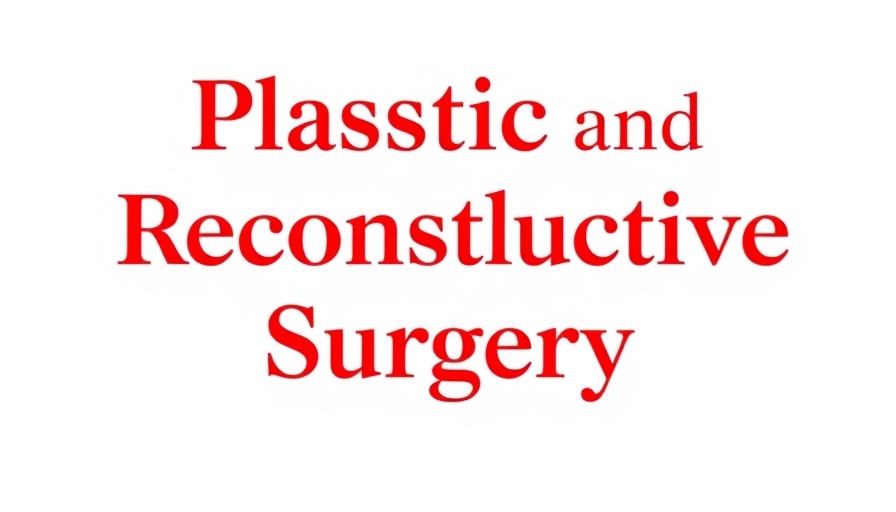
Understanding Breast Reconstruction Preferences Among African American Women
When faced with the choice of breast reconstruction after a mastectomy, African American women are navigating a complex landscape of options, risks, and personal preferences. A recent study published in Plastic and Reconstructive Surgery sheds light on what drives these decisions. This pivotal research highlights two primary considerations: the risk of complications and the desired postoperative appearance of the reconstructed breast.
Study Insights: What the Data Revealed
Led by Dr. Ronnie L. Shammas from Memorial Sloan Kettering Cancer Center, the study employed an interactive method known as adaptive choice-based conjoint (ACBC) analysis. This tool effectively gauges individual treatment preferences, allowing for a nuanced understanding of how African American women prioritize various factors when considering breast reconstruction. The findings clearly indicated that 85% of participating women preferred implant-based reconstruction, with other compelling choices available, such as autologous reconstruction.
What Factors Play a Role in Choosing Reconstruction?
The results of the study identified a few key factors affecting patient preferences:
- Risk of Complications: An overwhelming 26% relative importance was placed on the risk of serious complications, indicating how pivotal this factor is for women during their decision-making process.
- Postoperative Appearance: The aesthetic outcome loomed large, holding a 15% weight on overall preferences.
- Need for Further Surgeries: The potential for additional surgeries was also a significant concern, influencing a woman's choice dramatically.
Notably, women who were in better health or had fewer existing medical conditions gravitated toward implant surgeries more often than those facing more serious health issues.
The Importance of Understanding Patient Values
Dr. Shammas emphasizes the necessity for healthcare providers to engage actively with patients about their unique values and preferences. Given the evolution toward shared decision-making in healthcare, it is crucial that providers utilize tools like the ACBC method to facilitate clearer communication and more satisfactory outcomes. This ensures that patients are not only informed but empowered to make decisions aligned closely with their personal values.
Cultural Considerations: A Broader Perspective
Understanding the breast reconstruction preferences of African American women within a cultural context is vital. Societal influences, historical biases in healthcare treatment, and varying beliefs about health can shape perceptions and decisions regarding treatment options. Historically, African American women have been underrepresented in clinical research, which has often led to less tailored care. This study represents a step toward rectifying that gap.
What Do the Future Prospects Hold?
As medical technology continues to evolve, the integration of AI and innovative surgical techniques offers new opportunities for enhancing breast reconstruction. The future may observe even more personalized approaches and advanced discussions surrounding risks and benefits. This will further the empowerment of women, along with improved patient-physician dynamics.
Encouraging Shared Decision-Making
Ultimately, the revelations from this study not only inform reconstructive options but also raise the importance of co-creating care plans between patients and medical professionals. Facilitating open dialogue can ensure that patients feel heard and understood in their treatment preferences, which is essential for quality care.
Conclusion: Why Your Choices Matter
Women seeking breast reconstruction should feel empowered in their decision-making. By understanding the critical factors at play in the decision-making process, patients can better communicate their preferences and work collaboratively with their healthcare teams. Engaging with healthcare professionals effectively can lead to a more personalized and satisfying reconstruction experience.
As we continue to highlight and research patient preferences, the path toward equitable and informed healthcare becomes clearer. Take your options seriously and engage the professionals who can help guide your reconstructive journey!
 Add Row
Add Row  Add
Add 




Write A Comment